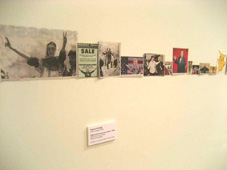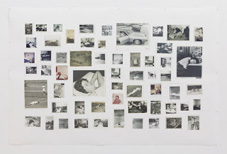Quelques références
Pat Shannon
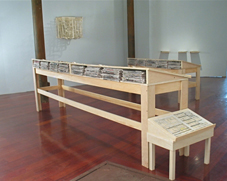
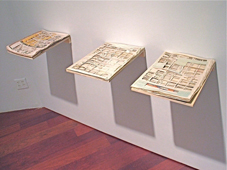

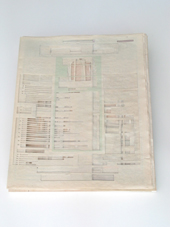
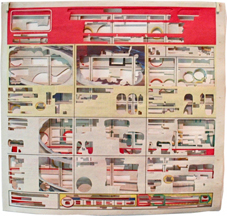
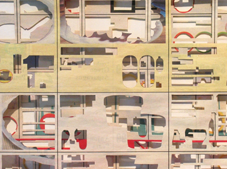

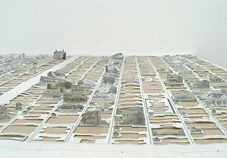
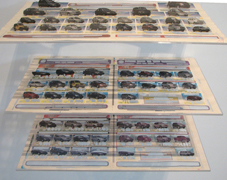

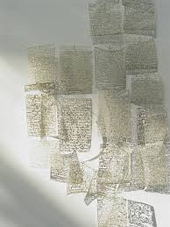
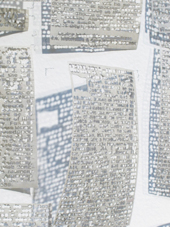
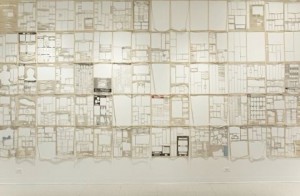

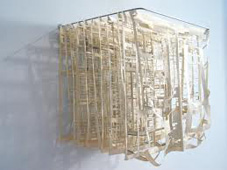
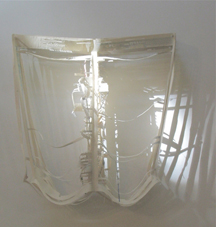

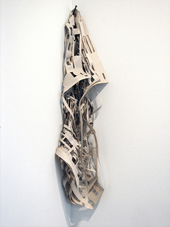
« My work with newspapers grew from an ongoing curiosity about how we experience the passage of events in time. It was through this concern that I was first drawn to the newspaper’s temporary nature and social function as a carrier of world events. In this body of work, I physically manipulated newspapers as a source to address temporal issues. The activity of cutting through the surface of the paper to remove all text and images became a type of extended dialogue, a form of non-verbal communication. There was this disruption of a narrative experience that compelled me both in the process and the results. Each seemed to satisfy a deeply felt yearning for momentary stillness. » Pat Shannon
- Edited by Sandu Cultural Media. « Paper Works » Ginko Press Inc. May, 01 2012.
- Leonie Bradbury, ShanaDumont. « It’s Getting Hot in Here » Montserrat College of Art, 2008.
- Edited by Jose Luis Blondet, James K. Marko, Nate McDermott. « Drawing the Line: 20th Drawing Show » Boston Center for the Arts 2008
Kirsty Whitlock
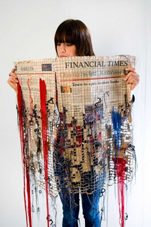
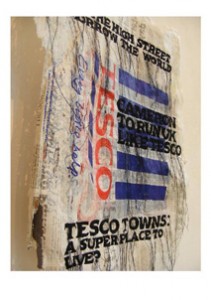

« I use recycled and reclaimed materials as a response to the throwaway culture of consumerism. My chosen medium depends on the concept I am exploring. I love to re-use materials if I can sew on it I will usually work with it! My work explores the potential of communicating a social message through the use of discarded household items, including plastic carrier bags and newspapers, using them as a format for machine embroidery. (…) I consider my work to be textile art, my work lies between fine art and craft. As a mixed media textile artist there are no boundaries or limits to cross disciplines. » Kirsty Whitlock
Myriam Dion
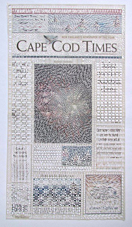
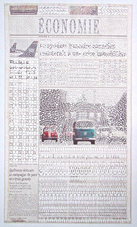

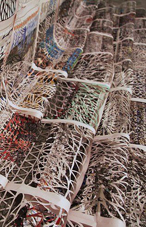
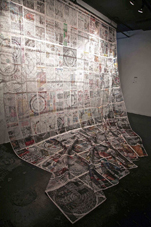
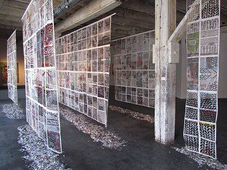
Myriam Dion is the first to admit that she makes her choice of newspaper each day based on the pictures. For this French-Canadian student is also a papercut artist, whose carefully cut-out newspaper pages have won numerous awards. Dion works freehand using a scalpel to produce these beautiful designs reminiscent of both Arabic latticework and stained-glass windows. She suggests that the transformation from broadsheet to objet d’art is « to find a new use for print media in the process of its disappearance », and the delicate quality of her work may well be a subtle mirroring of the fragile state of print journalism.
Matthew Picton

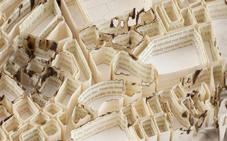
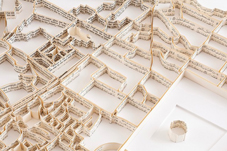
Kyle Bean
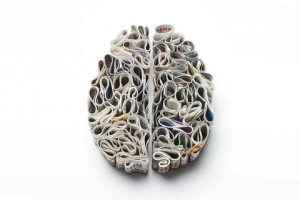
Charles Kaisin
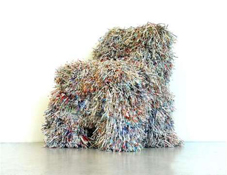
Signé Charles Kaisin, le fauteuil Hairy Chair est réalisé à partir d’une chaise en bois recouverte de revues laminées à la déchiqueteuse et fixées à la colle à bois. Dans un contexte de consommation à outrance, le designer belge est convaincu que le design industriel doit lui aussi s’intéresser à l’environnement pour éveiller des prises de conscience. A partir de procédés dit « low tech », son travail consiste à donner une seconde vie et un sens nouveau à des produits ayant un cycle de vie limité, par définition. Avec Hairy Chair, les fines languettes de papier représentent un tas improbable d’informations qui ne seront plus lues et donnent au fauteuil l’allure d’un animal hirsute : un fauteuil éco-design à la lisière de l’art. *

Dans le cadre de son travail sur le recyclage, il transforme une bouteille vide en verre de table, détourne en saladier le hublot d’une machine à laver, conçoit du mobilier résistant à base de papier journal, crée des sacs et vêtements à partir de sac en plastique du shopping qu’il chauffe et presse, autant de thèmes abordés pour porter un autre regard sur la vie et la mort des objets. Son banc K-bench est inspiré de son expérience japonaise. Il réussit à créer un objet à la fois résistant, souple et extensible à partir d’une structure alvéolaire en nid d’abeille. *
Sophie Van Nerom
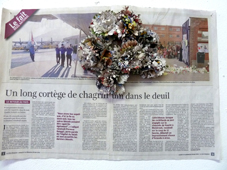
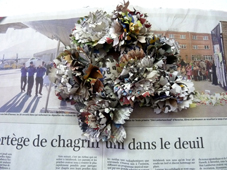
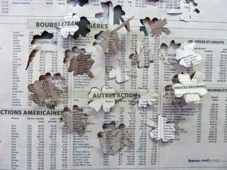
Ancienne étudiante de l’Erg.
Métro

Pour faire parler de la plus grande compétition de photos au monde organisée par Metro, le Metro Photo Challenge, le quotidien a mené une action qui a fait parler d’elle. Au mois de novembre dernier, les lecteurs du gratuit ont eu la surprise de recevoir leur édition du matin dépourvue de toute image. Un no man’s land pictural qui a d’abord été considéré comme une énorme erreur de la part du journal. Marine Fourel.
Brian Dettmer
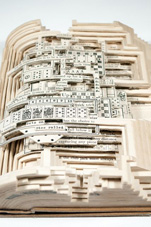

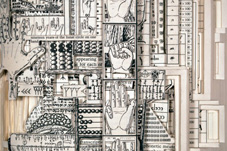
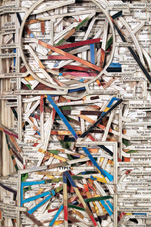
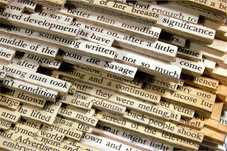
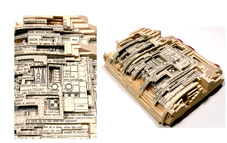
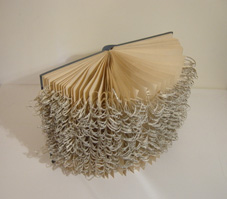

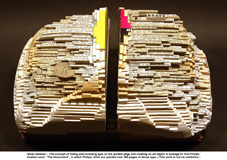
Dettmer’s current work involves the appropriation and alteration of media to transform the physical form and/or to selectively remove and reveal content to create new works of fine art. Dettmer explains: “Old books, records, tapes, maps, and other media frequently fall into a realm that too much of today’s art occupies. Their intended role has decreased or deceased and they often exist simply as symbols of the ideas they represent rather than true conveyers of content. … When an object’s intended function is fleeting, the necessity for a new approach to its form and content arises.” (Valdez 2006). *
Patrick Pound
